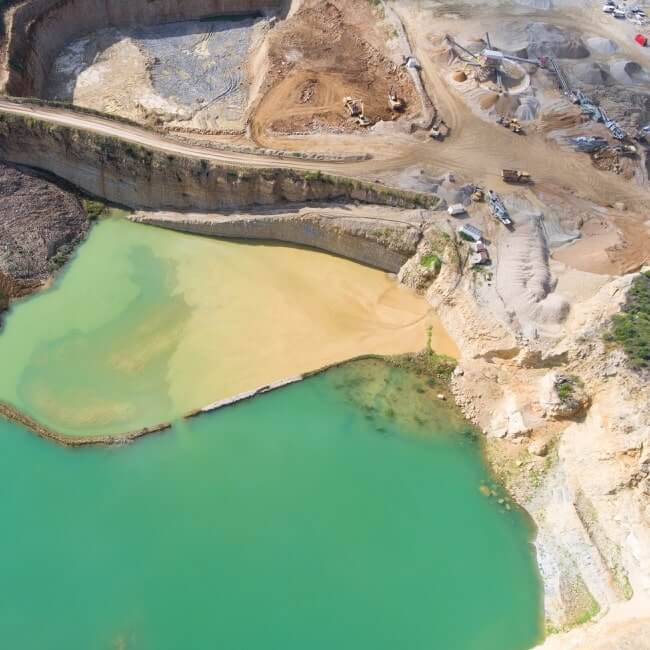On January 8, 2025, Chile’s Committee of Ministers unanimously denied the environmental permit for the Dominga iron and copper mining project, a $2.5 billion initiative by Andes Iron. The decision was based on concerns about potential environmental impacts, particularly on local wildlife, including the Humboldt penguin and the endangered tricahue parrot.
Background of the Dominga Project
The Dominga project, located approximately 65 kilometers north of La Serena in Chile’s Coquimbo region, has been a subject of contention for over a decade. It proposed the development of open-pit mines, a processing facility, a desalination plant, and a port. The project aimed to produce 12 million tonnes of iron ore and 150,000 tonnes of copper annually, potentially becoming one of Chile’s largest mining operations.
Environmental Concerns
The project’s proximity to the Humboldt Penguin National Reserve raised significant environmental concerns. Critics argued that the mining activities could disrupt the habitat of the Humboldt penguin, aquatic mammals like dolphins, and the endangered tricahue parrot. The Committee of Ministers highlighted the lack of adequate mitigation plans for potential spills and the project’s failure to assess impacts on critical plant species that serve as food sources and habitats for these animals.
Legal and Political Developments
The Dominga project has faced a complex legal and political journey:
- 2017: The project was initially rejected due to environmental concerns.
- 2018: An environmental tribunal ordered a reassessment, citing procedural issues.
- 2021: The Pandora Papers revealed potential conflicts of interest involving then-President Sebastián Piñera, who was linked to the project’s approval process.
- 2023: The Committee of Ministers again rejected the project, a decision later annulled by the First Environmental Tribunal of Antofagasta, which called for a new, impartial review.
- 2025: The Committee of Ministers reaffirmed its rejection, emphasizing environmental risks.
Reactions and Implications
Andes Iron expressed disappointment with the decision, indicating plans to pursue legal action. The company argued that the project met all environmental regulations and that the rejection sets a concerning precedent for future investments in Chile. The National Mining Society (Sonami) echoed these sentiments, suggesting that the decision could deter investment in the country’s mining sector.
Environmental groups and local communities, however, welcomed the decision, viewing it as a victory for conservation efforts and the protection of Chile’s unique biodiversity.
Conclusion
The rejection of the Dominga project’s environmental permit underscores the ongoing tension between economic development and environmental preservation in Chile. As the world’s leading copper producer, Chile faces the challenge of balancing its mining industry’s growth with the need to protect its rich natural heritage. The Dominga case highlights the complexities involved in this balancing act and may influence how future projects are evaluated concerning environmental sustainability and community impact.





